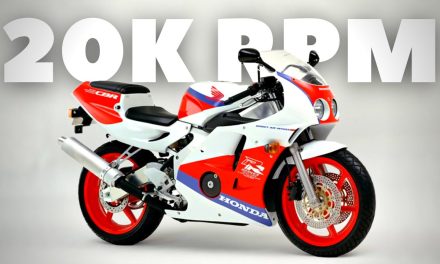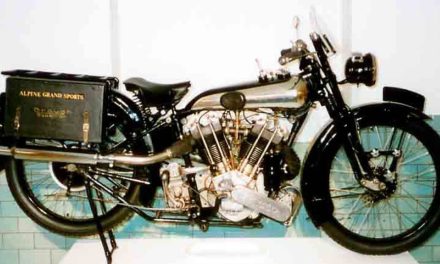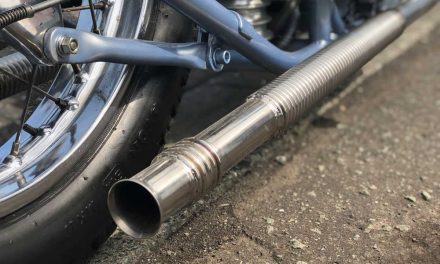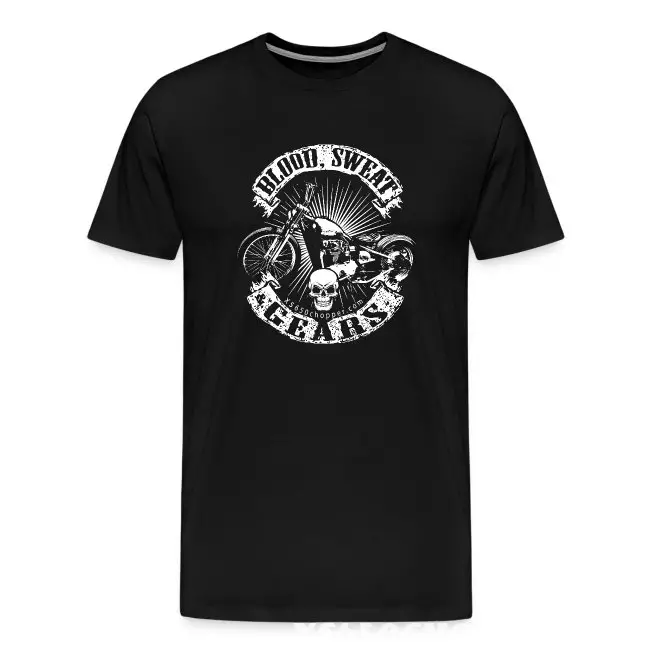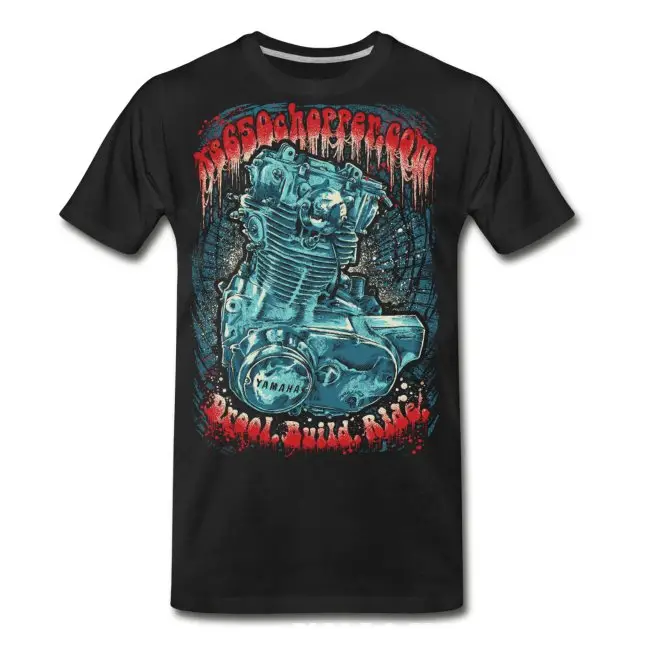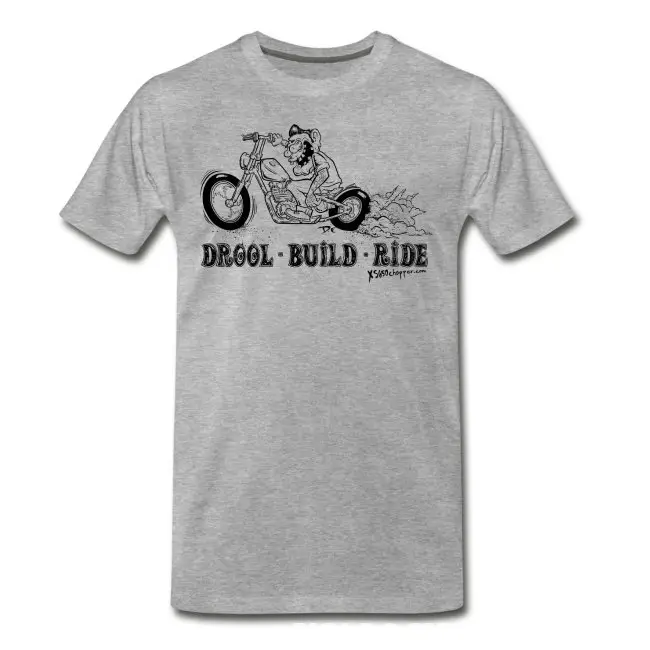If you’re an owner of a motorcycle, then you can have the luxury of doing a cross-country motorcycle trip and you should definitely do it. Traveling from one state to another can be livening as you drive through the open road with the wind crossing your body. By having a motorcycle, you’ll only need to have the right gear and a proper road trip plan to make it a trip worth remembering.
There are a huge number of routes you can use when you are planning to take a motorcycle cross-country trip in the United States. You can explore and see some of the world’s amazing landscapes which are only a few hours or a day of travel from where you are. But before you go out riding, you will have to do some planning. Don’t just be a free spirit that will throw caution out of the window and act carelessly in times of emergency. You are still traveling on the road so it is better to be prepared so you can have a motorcycle trip that you will cherish and enjoy.
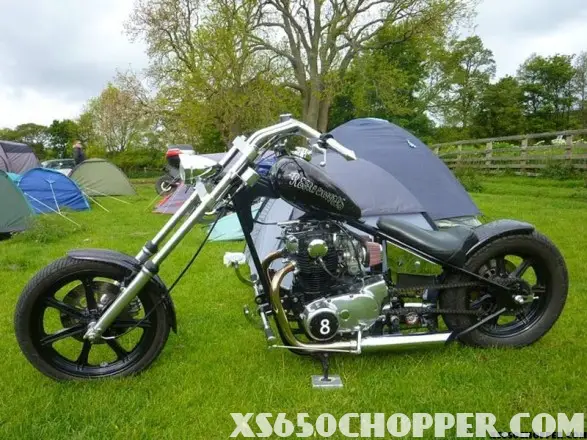
Essentials for a Cross Country Motorcycle Trip
When traveling miles, you should keep in mind that anything can go wrong on the road and your smartphone or credit cards won’t be enough to get you out of any trouble that may arise. As they say, prevention is better than cure.
The first thing you’ll need to do is check your bike. Make sure that the tires are properly inflated or see how much tread is left. Getting an oil change is also recommended to keep your engine nice and clean. You need to make sure that it is in good working order especially if you are traveling miles away from your home. Taking your motorcycle for full service will ensure that your vehicle is in the best mechanical condition for a safer trip. Also, bring these essential things during the ride:
1. An accurate map
Cross-country motorcycle trips are all about enjoying the journey rather than arriving at the destination. It is about how you get there than just arriving so it is better to have an accurate map so you can get the big picture and can plan the number of good roads you can take based on where you are currently located and how long the trip is.
2. GPS
A trusted GPS will make your trip much more enjoyable as you cannot look at your maps while riding. Having a GPS will prevent you from getting lost and you’ll have more time to explore. A motorcycle-specific GPS can be easily attached to your bike. Upon using it, you’ll be notified of upcoming curvy or hilly roads and avoid highways when possible.
3. Travel Insurance for Motorcycle Trips
Emergencies can happen even with the best preventive measures so it is better to be prepared with motorcycle travel insurance. Not only is it cost-efficient but it will also give your family peace of mind when you are out there on the road. Even if you end up not needing it, you’ll have a reliable way out if something does. Assurance is better than uncertainty.
4. Rainsuit
There are chances that you’ll encounter rain especially if you are going on a long road. This is where a good rain suit will help you avoid getting drenched to the bone and get cold. Being cold and wet is probably one of the worst things to experience during a motorcycle trip. This is a perfect addition to your essentials as you’ll be ready for unexpected rain.
5. Gloves
It is better to have a waterproof one in case you experience inclement weather. Gloves will protect your knuckles and palms. Make sure they are comfortable and have breathable air vents for better airflow.
6. Motorcycle Tool Kit
This is a no-brainer. Bringing along a motorcycle kit will help you fix a flat tire until you get to an auto shop.
7. Helmet
Wearing a full-coverage helmet will provide full protection for your head and face especially if you are speeding up. You shouldn’t try riding to a road without having a helmet.
8. First aid kit
Having a first aid kit can help you apply first treatment before the medical services arrive and it is better to bring one along the way. A first aid kit with a flashlight and batteries will come in handy.
9. Backpack/Duffel Bag
A heavy-duty bag is the suitable one for a long trip. If it is water-proof, then it will protect your clothes and stuff if ever you are stuck in bad weather. It is something that you’ll need for a trip.
10. Luggage Rack
Buy or bring a luggage rack so you can store extra gear and equipment conveniently.
How to Load a Motorcycle for Camping
Loading your Motorcycle properly is essential because the weight of your load will be substantial in how you would handle your bike. Here are the tips on how to properly load your motorcycle:
- Pack the heavier items first in the bottom of the panniers because the lower compartment can handle heavy items. You have to keep the weight down lown and balanced from side to side. A lower center of gravity is better for you to have that stability. Lighter objects should be packed up higher behind the passenger but the heavy items must be between the two wheels, just being in the front of the rear tire to be exact.
- Check the load rate capacity of your bags. Overloading them would cause attachment failures.
- Pack bungee cords and cargo nets will come in handy especially if you plan to travel with a big load of gear.
- Remember to pack extra carrying straps and be ready for the weather ahead of time.
Best Motorcycles for Camping
KTM 390 Adventure
This motorcycle has a lightweight package built for more adventure and off-road scenarios. KTM has a lot of accessory bags which makes it suitable for camping and a more compact ride.
Triumph Tiger 900 Rally Pro
This adventure bike is now the benchmark for offroad and camping. Its 888cc triple was redesigned to improve the weight distribution without sacrificing ground clearance. There is plenty of room to pack on your gear with some upgrade packs to fit all your bags and cases.
Kawasaki KLR650
Tested by many riders around the world, KLR650 will chug up any mountain road and trail you want with its reliable 651cc single. Its wide, flat seat and tail rack can provide plenty of rooms for strap-down essentials.
Yamaha FJR1300
This bike has 1298 CC and cruise control. Moreover, it has heated seats, comfortable rides, and plenty of luggage amounts.
Where to sleep when riding Motorcycle Cross Country?
Because you are going for a long ride, you can’t keep riding all day. You’ll need to get some rest and sleep in a comfortable for you to recover energy for the next day. Choosing the place where to sleep when riding Motorcycle cross country will require planning.
These locations can be the best options for nearly every rider out there.
1. Camping Sites
This is the first option of every rider. Camping sites can be state parks, national parks, private camping grounds, and traditional camping grounds. Parks are regulated and are safe because of the park rangers that are on patrol. If you packed items that are mainly used for camping, then it is better to sleep at camping sites. There are rules to follow because you’re more likely to encounter other riders so you’ll get to meet people and make friends.
2. Hotels and Rentals
Some riders don’t find camping appealing as they don’t like sleeping on the ground or installing tents. In this case, you can go for hotels and rentals which will be much more comfortable but will cost a bit. Short-term rentals are also a great option. If you prefer a comfortable and luxurious sleep after a day of a long ride, then we recommend this option. Book hotels in advance so you can secure a place for your arrival.
3. Family and Friends
If you have friends or families that live within the route you’ll be taking, you can just go there to sleep. You’ll be saving money, you don’t have to do camping and you can also bond with them and catch up. Decide what fits for you and drive safely along the way.
How do you Stay Comfortable on a Long Motorcycle Ride?
- Have suitable Motor Ergonomics. If you want to stay comfortable, then you may want to arrange how you would fit on the bike. This may have to do with customizing the fit with your height and leg length.
- Have a backrest. You’ll get the temptation to lean your back on something so put something soft or use the duffel bag.
- Stay hydrated. If you can’t avoid riding into the sun, then be sure to bring some extra bottles of water. Whether it is summer or winter, it is important to stay hydrated.
- Move around the bike every 10-15 minutes. You can sit in the passenger seat, stand up on your pegs, or extend your legs. Don’t stay in one position so it will not be uncomfortable.
- Avoid heavy sweating when you sit down. Get a seat cover with great airflow.
- Lastly, take breaks. As stated above, this is not about the destination but the journey. Take some breaks like going to gasoline stations, convenience stores, a drive thru, taking selfies, or eating your meals or snack.
Cross-country motorcycle trips are enjoyable which is why it is considered by many motorcycle riders as a rite of passage. And it is better if it is planned so with the helpful information we have provided, we hope you get that cross-country motorcycle ride of your dreams!


